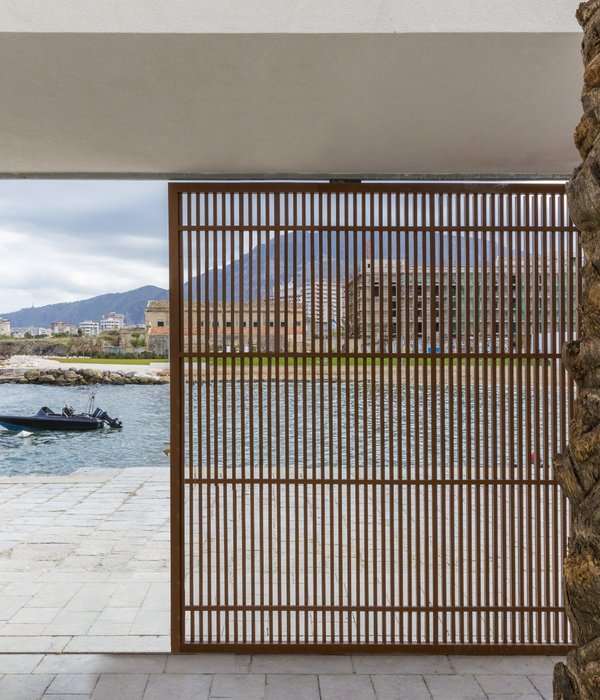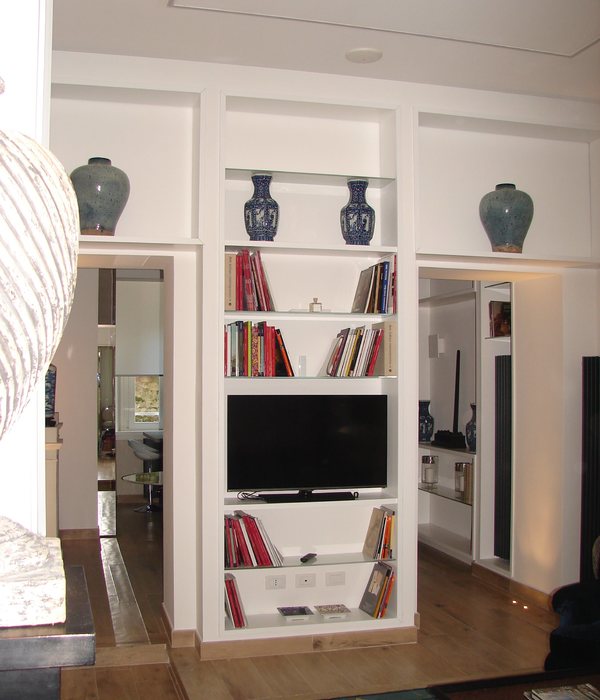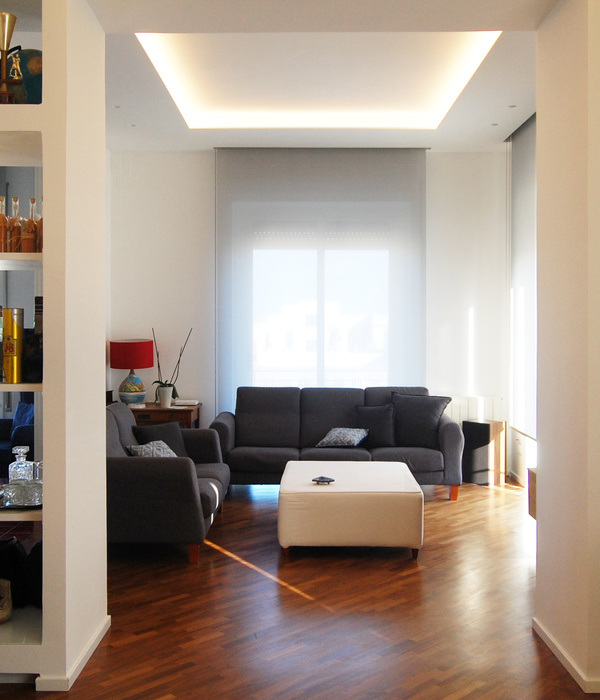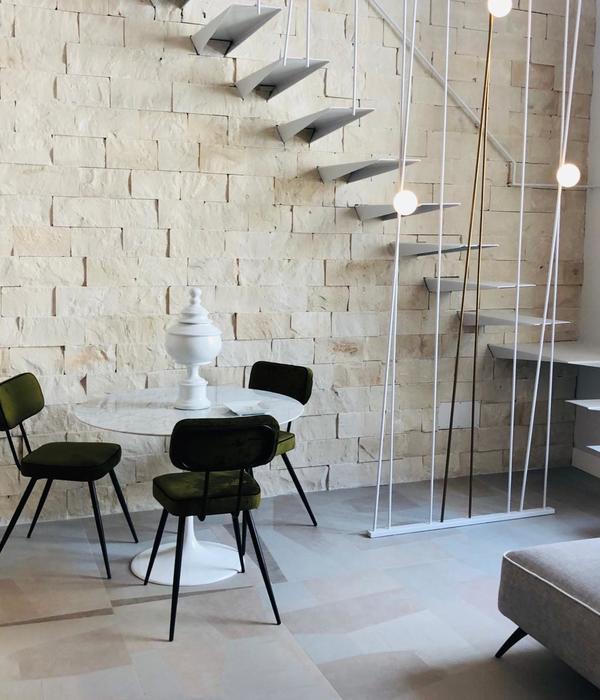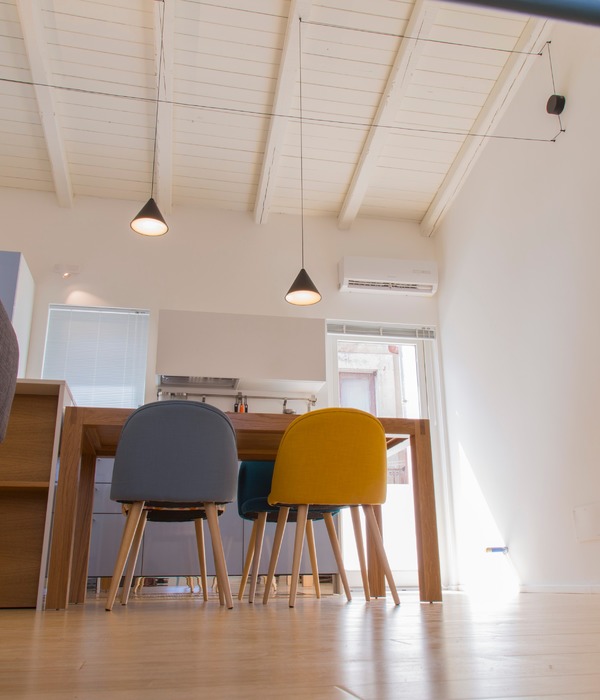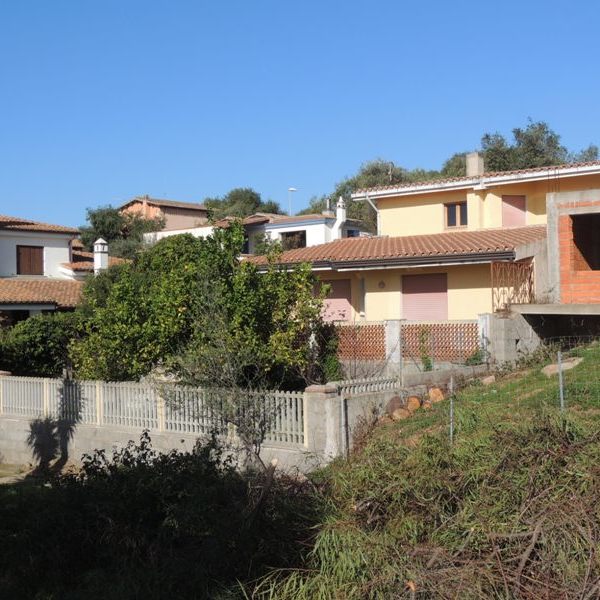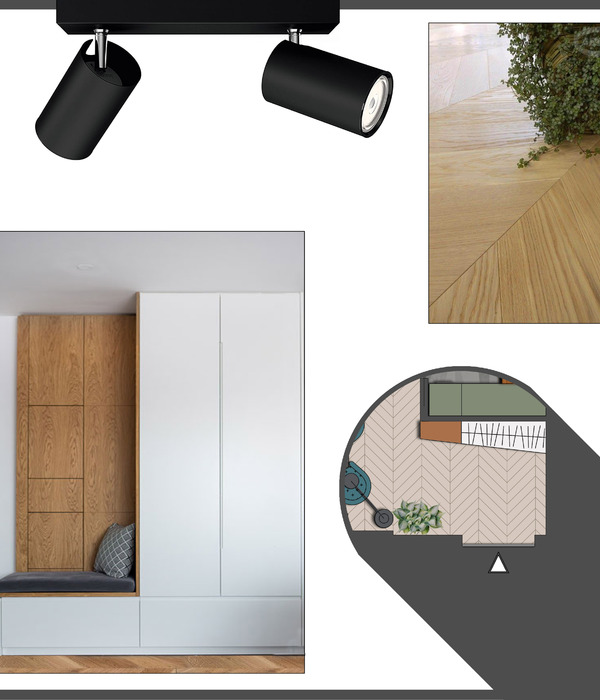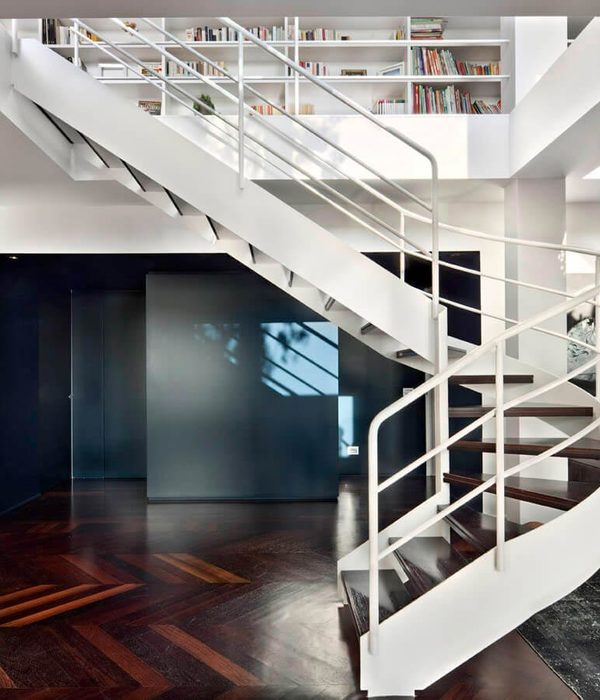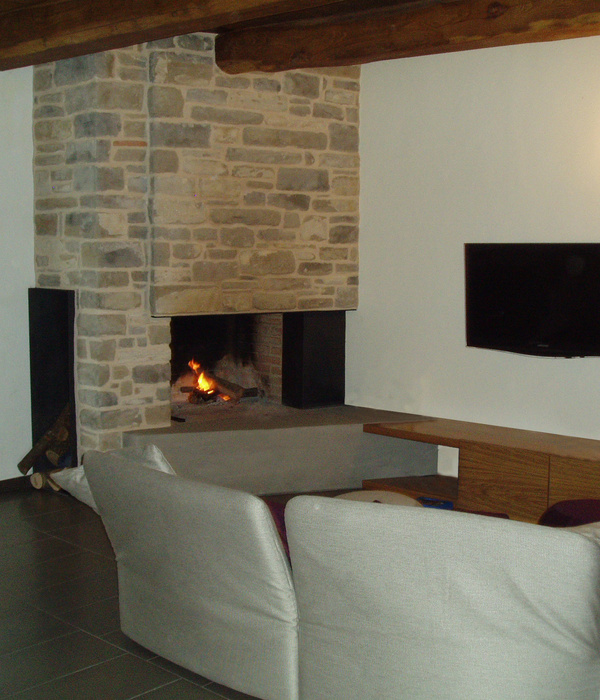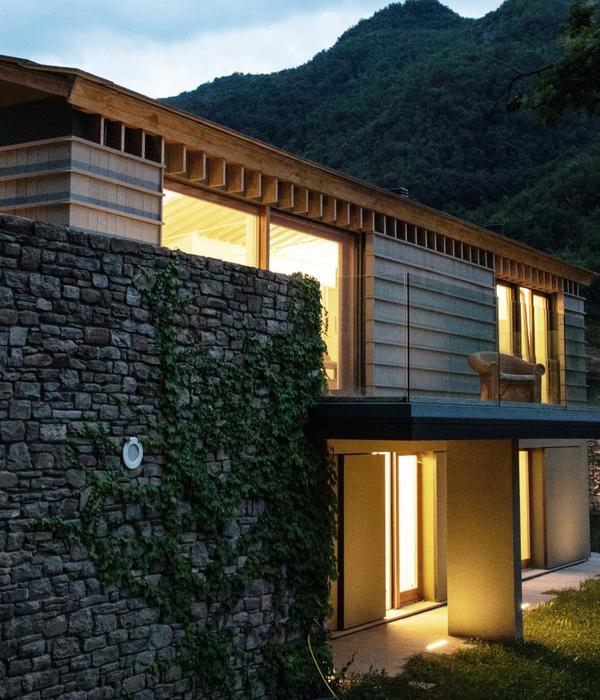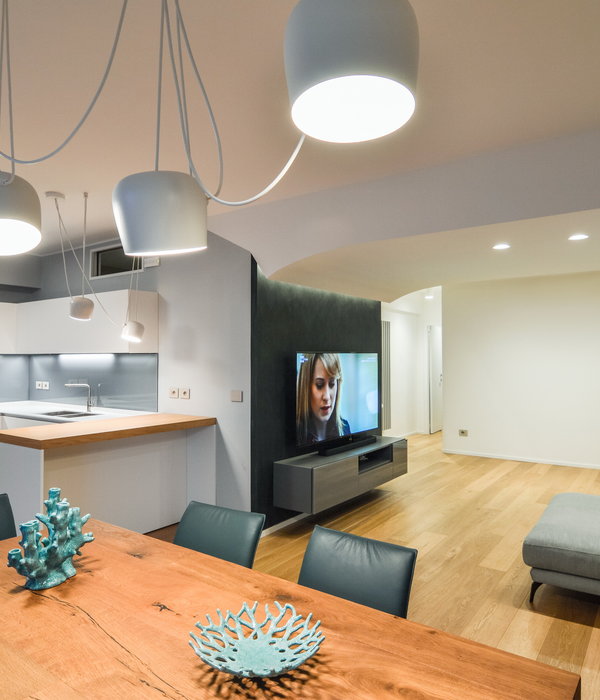JM55 is the transformation of a humble apartment built in the seventies in Madrid into an experimental dwelling. The housing block built in the ’70s on Joan Maragall Street in Madrid, replicated the distribution paradigm of the time, managing to fit two bedrooms, a full bathroom, a living room, and a kitchen in 40m2. The independent rooms strictly complied with the necessary functional minimums, reducing each one’s potential size.
The proposed transformation is radically opposed to this principle, dismantling the divisions between spaces and dissolving the limits of the uses associated with each of them. A central core integrates all the facilities of the house, being the toilet the only element that can be isolated. The rest of the materials, uses and rooms merge and contaminate each other, so that the tenants sleep in the bathroom as well as shower in the living room. A piece of white tiling symbolically marks the wet uses that are present throughout the house, completely coating the central piece and the floors near it.
As an opposite strategy, rails included in the ceilings draw the blueprint of a totally different space. Temporary spaces closed by textile divisions appear to allow complementary activities or isolate those which require a higher degree of privacy. In this way a study capsule can be set up, a bedroom can be isolated or the kitchen can be hidden. The curtains that delimit these spaces materially reflect the activities they are intended to shelter so that the bedroom is wrapped in a curtain made of quilts, while the study can be enclosed by a curtain made of folded felt strips.
{{item.text_origin}}

